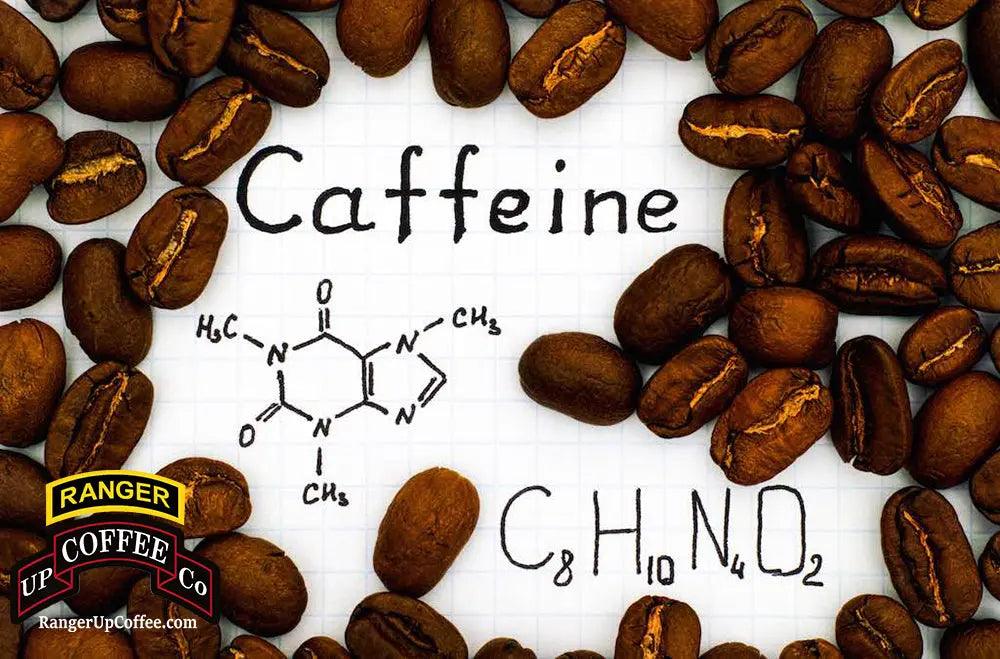The Buzz on Caffeine: A Guide to Coffee's Caffeine Content
Understanding Caffeine
Caffeine is an alkaloid compound found in coffee beans, as well as other plants such as tea, cocoa, and yerba mate. It acts as a central nervous system stimulant, blocking adenosine receptors in the brain. Adenosine is a neurotransmitter that promotes sleep and relaxation. By inhibiting adenosine, caffeine effectively counteracts its sedative effects, leading to increased alertness and wakefulness.
Factors Affecting Caffeine Content
Several factors can influence the caffeine content of coffee beans:
- Roast Level: Darker roasts tend to have slightly lower caffeine levels than lighter roasts. This is because some caffeine is lost during the roasting process. However, the difference in caffeine content between light and dark roasts is typically minimal.
- Bean Variety: Different coffee bean varieties can naturally vary in their caffeine content. For example, Arabica beans generally contain slightly less caffeine than Robusta beans.
- Brewing Method: The brewing method used can significantly impact the caffeine extraction from coffee grounds. Stronger brewing methods, such as espresso or French press, tend to extract more caffeine than weaker methods like drip coffee.
- Grind Size: Finer grinds can result in higher caffeine extraction due to increased surface area contact between the grounds and water.
Caffeine Content in Different Coffee Beans
While the caffeine content can vary within each category, here's a general breakdown of the caffeine levels in different types of coffee beans:
- Arabica Beans: Arabica beans are the most widely cultivated coffee beans, known for their milder flavor and aroma. They typically contain around 1.1 to 1.4% caffeine by weight.
- Robusta Beans: Robusta beans are a hardier variety with a stronger, more bitter flavor. They generally have a higher caffeine content than Arabica beans, ranging from 1.7 to 2.2% caffeine by weight.
- Liberica Beans: Liberica beans are a less common variety with a strong, earthy flavor. They tend to have a caffeine content similar to Robusta beans, ranging from 1.7 to 2.2% caffeine by weight.
- Excelsa Beans: Excelsa beans are another lesser-known variety with a flavor profile that falls between Arabica and Robusta. Their caffeine content is typically higher than Arabica but lower than Robusta, ranging from 1.3 to 1.9% caffeine by weight.
Caffeine Content in Common Coffee Drinks
The caffeine content in a cup of coffee can vary depending on the type of beans used, brewing method, and serving size. Here's an approximate breakdown of the caffeine content in some common coffee drinks:
- Espresso (1 shot): 60-70 mg
- Espresso (double shot): 120-140 mg
- Drip Coffee (12 oz): 120-160 mg
- Pour Over Coffee (12 oz): 130-170 mg
- French Press Coffee (12 oz): 150-200 mg
- Cold Brew Coffee (12 oz): 150-200 mg
- Instant Coffee (1 tsp): 60-80 mg
- Decaf Coffee (12 oz): 6-10 mg
Factors to Consider
When it comes to caffeine consumption, it's important to consider individual tolerance and sensitivity. Some people may be more sensitive to caffeine's effects, experiencing symptoms like anxiety, restlessness, or difficulty sleeping. It's also worth noting that caffeine can interact with certain medications, so it's advisable to consult with a healthcare professional if you have any concerns.


0 comments